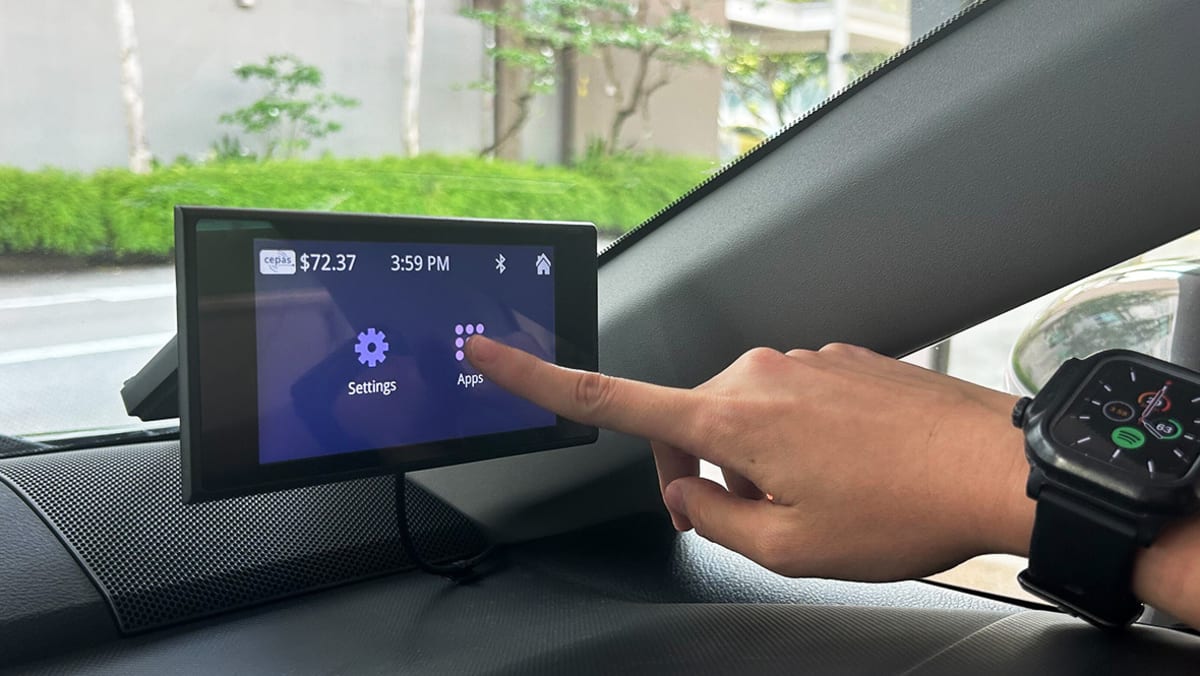
SINGAPORE — From Nov 1, vehicles will be progressively fitted with an on-board unit for the next-generation Electronic Road Pricing (ERP) system, replacing the current in-vehicle unit.
Vehicles registered to a company or organisation, such as public buses and taxis, will be asked to install their on-board unit first. Privately owned cars will progressively have the new unit installed in batches.
The Land Transport Authority (LTA) said on Monday (Oct 23) that from the first quarter of 2024, all new vehicles will be fitted with the device.
LTA said that it is moving to the ERP 2.0 system as the current system has been in operation for 25 years and is reaching the end of its operational lifespan.
The authority added that there will be no change to how motorists are currently charged for ERP during the transition from the current ERP system to ERP 2.0. It also has “no immediate plans” to introduce distance-based charging.
The on-board unit will be provided free of charge to all Singapore-registered vehicles, except those due for mandatory deregistration during the course of the installation exercise. The exercise is expected to be completed by end-2025.
Owners of eligible vehicles will be informed via letter, email or SMS when it is their turn to install the on-board unit, with instructions on how they can schedule an installation appointment. This will be sent based on the age of the vehicle, said LTA.
“Installation is free if it is completed within the two-month period stated in the notification,” said LTA.
It added that more information about the installation for individual vehicles will be announced early next year.
The on-board unit is mandatory, LTA had said earlier in 2020 when it first announced the new ERP system. This is because ERP 2.0 uses a Global Navigation Satellite System and hence requires different hardware.
Installation of the on-board unit was slated to start at the end-2021, but was delayed due to a global shortage of semiconductor chips fueled by the Covid-19 pandemic.
LTA’s chief innovation and technology officer Lam Wee Shann told the media on Monday that supply of semiconductor chips has stabilised, giving LTA the “confidence to carry out the ERP 2.0 on-board unit installation”.
“The whole installation process will take about 18 to 24 months for motorists. Please be assured that (vehicle owners) do not need to do anything for now,” he said, adding that owners should wait for LTA’s notification.
Motorists will still be able to access key information via compatible mobile applications on their smartphones instead — such as through LTA’s ERP 2.0 application or other third-party apps listed on LTA’s one-motoring website — but some features will not be accessible.
Some features unavailable include paying for roadside parking.
LTA will be releasing a software development kit which allows software developers to create applications that integrate and display ERP 2.0 data, such as traffic information.
“We have put in place strict security safeguards such as ensuring that applications can only receive aforementioned key ERP information from the on-board unit in a one-way manner, but (the application) will not be able to read other data or make any changes to the data,” said LTA.